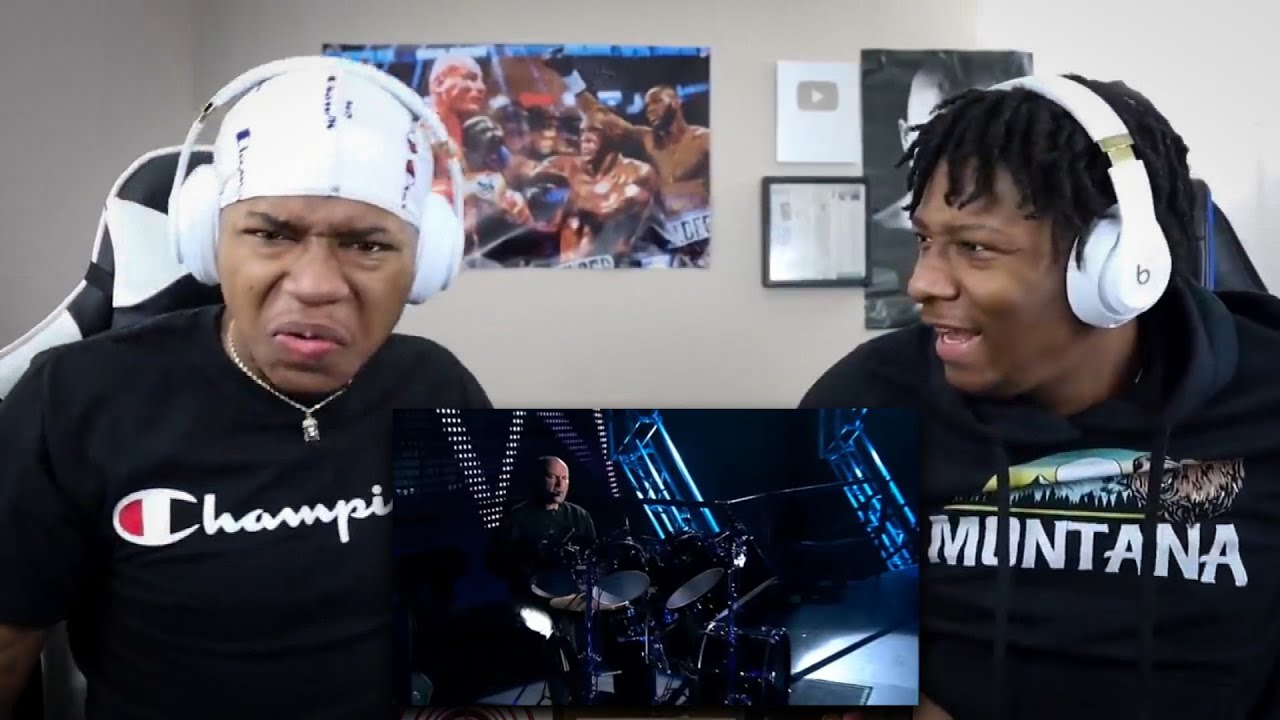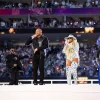YouTube reaction videos have become a staple of online music culture. Content creators film themselves listening to new songs, capturing their genuine emotions, and sharing their thoughts in real time. These videos have gained immense popularity, attracting millions of views and influencing audience perceptions. But do reaction videos actually boost a song’s popularity? With streaming numbers being the lifeblood of today’s music industry, understanding the impact of these reactions is crucial. Many artists, both mainstream and independent, have seen significant growth in their fanbase and streaming figures after their songs were featured in viral reaction videos. Let’s explore how reaction videos contribute to a song’s success by increasing exposure, building fan engagement, influencing streaming algorithms, and shaping public perception.
1. Increased Exposure Through Viral Content
One of the primary ways reaction videos boost a song’s popularity is by increasing its exposure. When a popular YouTuber reacts to a new song, their audience is introduced to it, often for the first time. This can lead to a snowball effect where more people check out the song, share it on social media, and contribute to its virality.
Additionally, reaction videos tend to attract high engagement, including likes, shares, and comments. This interaction signals to YouTube’s algorithm that the content is valuable, leading to further promotion in recommendations and search results. If multiple reactors cover the same song, it can dominate YouTube’s trending section, amplifying its reach even further. For emerging artists, this exposure can be a game-changer, bringing their music to an audience they might not have reached through traditional marketing.
2. Enhanced Fan Engagement and Emotional Connection
Reaction videos create an emotional bridge between artists and listeners. Fans enjoy watching others experience the same joy, surprise, or nostalgia they feel when hearing a song. This shared experience fosters a sense of community and deepens fan engagement.
Moreover, reaction videos often spark conversations in the comment sections, where viewers discuss the song, share personal stories, and analyze the lyrics. This dialogue helps keep the song relevant and trending on social media. Artists sometimes engage with these videos by commenting, sharing them, or even inviting reactors to interviews. Such interactions make fans feel more connected to the music, encouraging them to stream and promote the song further.

3. Influencing Streaming Algorithms and Chart Performance
YouTube is a key driver of music discovery, and reaction videos contribute to a song’s algorithmic success. When a song receives multiple reaction videos, YouTube’s recommendation system is more likely to push it to a wider audience. This increased visibility leads to more streams on platforms like Spotify, Apple Music, and TikTok, where algorithm-driven playlists play a crucial role in music consumption.
Additionally, streaming platforms track external sources of traffic. If a song gains traction through reaction videos, it can trigger inclusion in curated playlists, which further boosts its performance. Some viral hits, such as Lil Nas X’s “Old Town Road” and Olivia Rodrigo’s “Drivers License,” benefited from online reactions that fueled their streaming dominance and chart success.

4. Shaping Public Perception and Artist Recognition
Reaction videos also play a role in shaping how people perceive a song and its artist. Positive reactions can validate an artist’s work, influencing viewers to listen with an open mind. If a respected reactor praises a song’s production, lyrics, or vocal performance, its audience may be more inclined to appreciate those elements as well.
On the flip side, negative or indifferent reactions can impact a song’s reception. However, even controversial or mixed reactions generate discussions, keeping the song in the public eye. Many artists leverage both positive and negative reactions to build hype and engage with fans, ensuring that their music remains relevant in online conversations.


